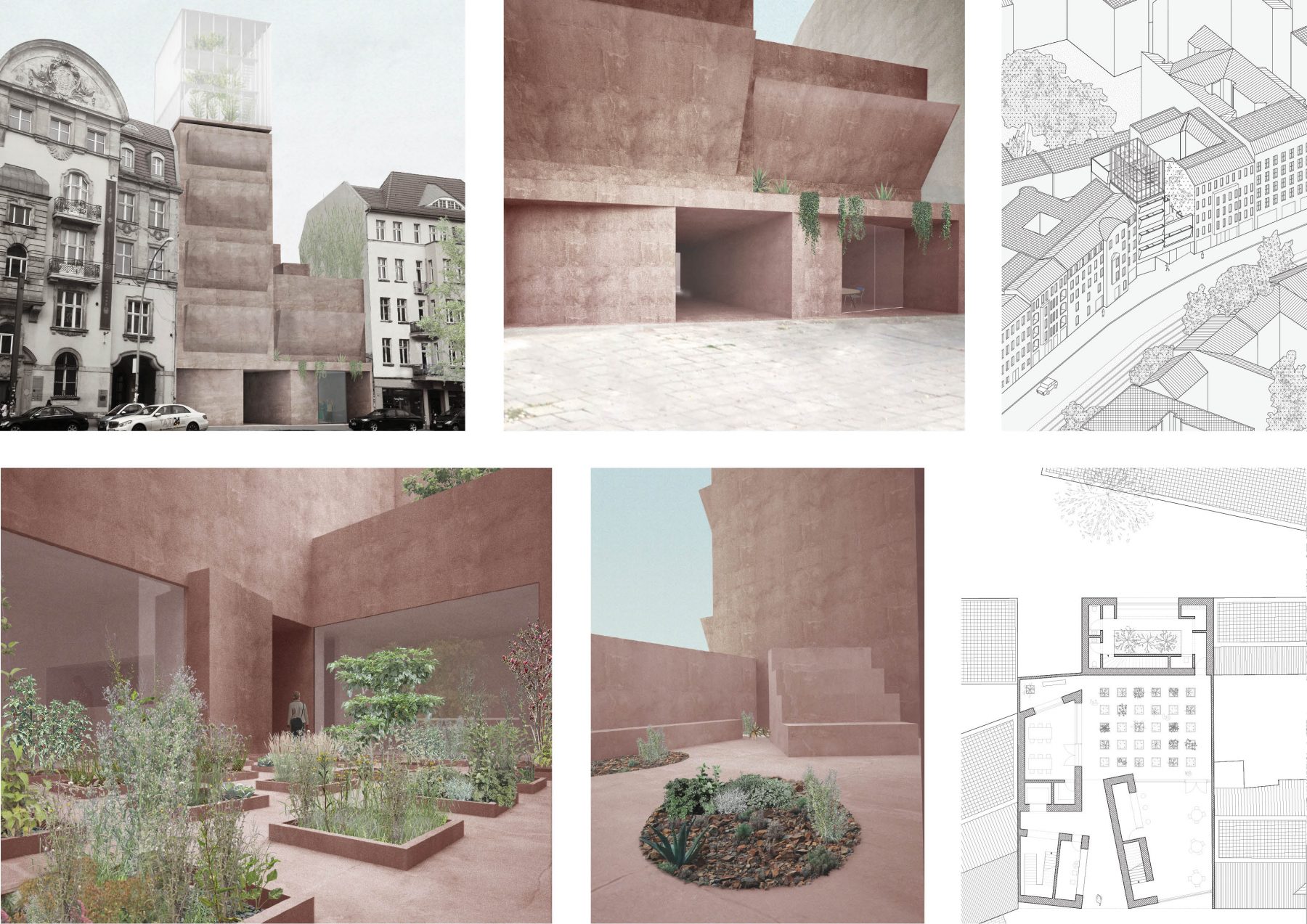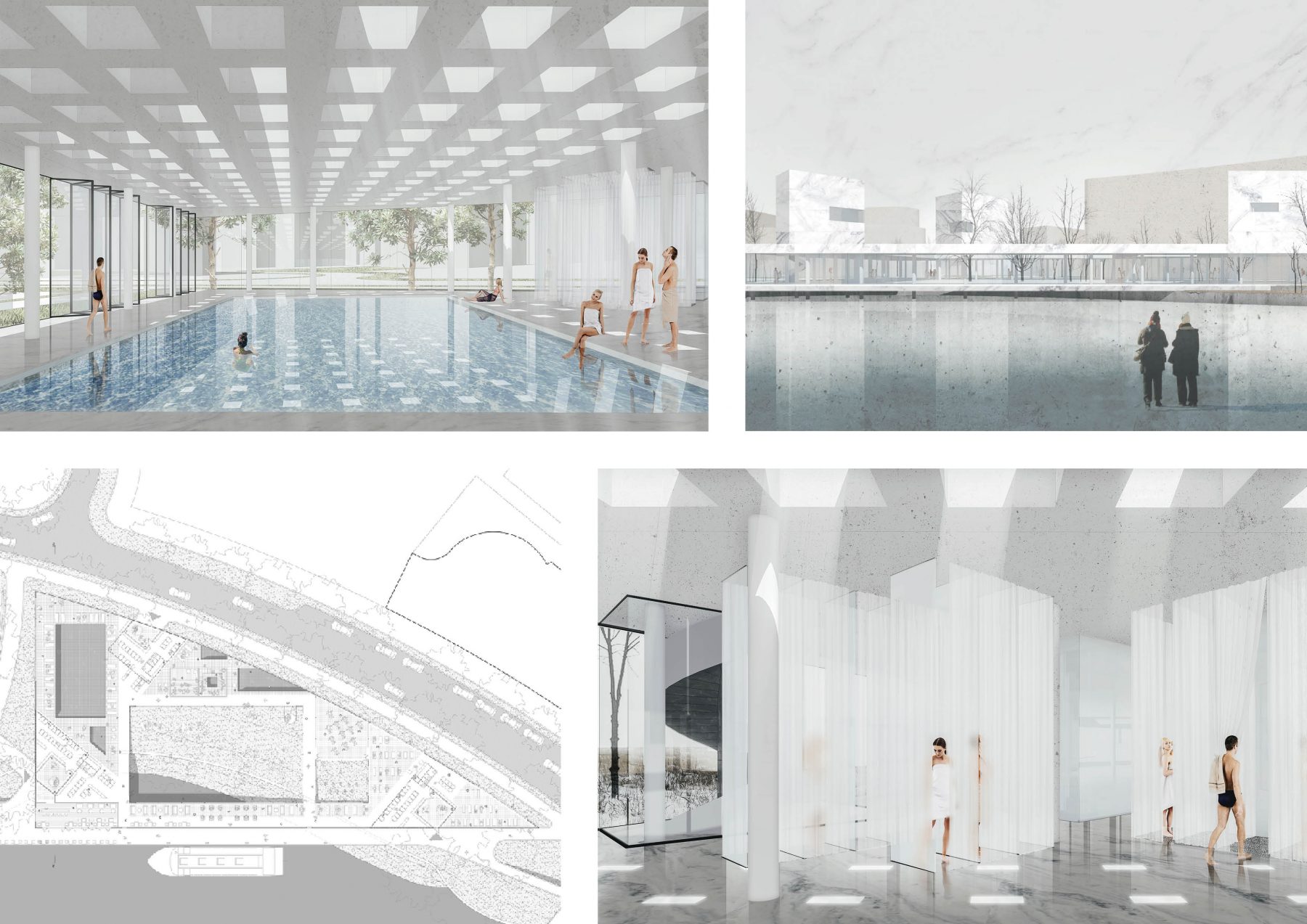English
WS-2016
More than ever, the concept of the individual and his role in the social collective is being debated – and fought over – around the world. The idea of establishing rigid normative standards of social interaction (which includes – by definition – the negatively connotated concept of deviancy) is as popular as it has seldomly been before.
All around us, we can observe these concepts clashing. On the political scale we observe religious wars raging in many parts of the world where the protagonists claim hegemony not only over physical areas but, more essentially, over what constitutes acceptable normative behaviour in these areas. On the architectural scale, we see hermetically sealed ultra-high-end condo towers sprout up next to wide-open community gardens, new extremes of spatial proximity and seperation develop more or less side by side.
All of these phenomena revolve around the rather simple question: how do we live as individuals in a group? On the level of architectural design, we have to ask ourselves how the spaces of interaction shape the way we treat each other in the social sphere. What are the possibilities, but also the limitations of social space?
This central question of architectural thought and practice will be addressed through an extensive collaborative research phase in which we will examine the historical development of spatial strategies revolving solely around the concept of public interaction, of explicit “socializing”. We will concentrate on spaces whose primary, if not perhaps sole, purpose is social exchange and will delve deeply into the spatial characteristics of such diverse social spaces as the political meeting hall, the ballroom, the bar, etc. Our interest will be in identifying the social and political context in which these spaces evolved, how they were shaped by this context and to apply this knowledge to formulating both spatial strategies and possible social spaces of the future.
As in all Studio Bundschuh thesis projects, we are interested in the underlying question of the possibilities and limitations of architectural thought and practice in itself, both as an abstract discipline and as the very immediate and personal practice of each student.
You will be challenged to formulate a very personal approach to the problem solving process and to develop an elegant and highly coherent narrative before translating this narrative into a major architectural project. Program formulation and site selection will be done individually and will develop out of the specific narrative.
Selected students: Cecilia Ambrois, Pavel Babienko, Orlen Ramzoti



